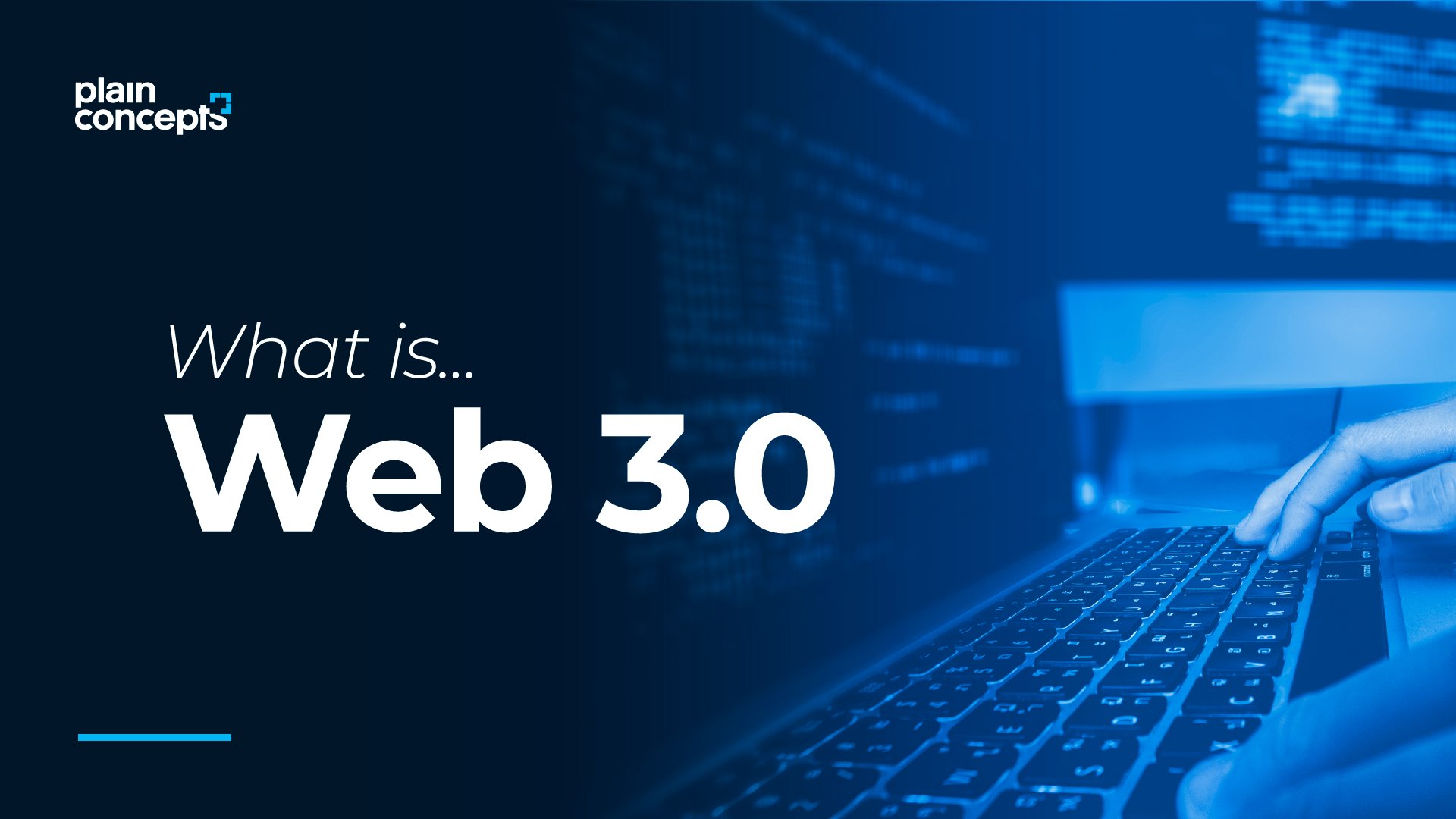
In 2021, business leaders assessed the long-term impacts of the previous year’s hurried, high-stakes decisions and rapidly implemented digital transformations. Many looked to IT automation and orchestration to break down data silos and bring order to their business operations.
Cloud proliferation requires centralized orchestration
Whether we attribute the rapid growth of multi-cloud adoption to the pandemic or a broader confluence of events, there’s no doubt that multi-cloud strategies are here to stay. HashiCorp’s recent State of Cloud Strategy survey found that three-quarters of respondents now employ a multi-cloud architecture, and nearly 90% expect to in the next two years. A third of respondents already spend more than $2 million annually on multi-cloud programs.
As multi-cloud strategies grow in popularity, orchestrating data movement between cloud providers has become more critical. In addition, managing the automated processes inside and in between a growing list of cloud technologies makes all the difference in being able to scale or not.
According to Gartner, service orchestration and automation platforms (SOAPs) are a force multiplier to maximize ROI for these initiatives. SOAPs were first recognized as a stand-alone automation solution category by Gartner in 2020. SOAPs provide a centralized way to orchestrate the automated processes required to run any application, platform, or database.
Additionally, SOAPs support hybrid IT environments made up of on-premises, cloud, and containerized microservices. Specific to the cloud, SOAPs allow enterprises to automate processes that include cloud bursting, movement of data between multi-cloud environments, spin up cloud infrastructure, transfer files from legacy on-premises mainframes or data centers to the cloud and back, and more.
Meta-orchestration reduces complexity in data pipelines
Even though the cloud offers tremendous advantages in efficiency and scalability, a recent SAPinsider benchmark report found that the shift to the cloud has led to highly complex data pipelines that span hybrid IT environments.
Data pipeline management is closely connected to the cloud, as data teams are among the heaviest adopters of cloud technologies. After all, tools for data storage, management, and ETL abound — enterprises have an average of 23 tools for data storage and warehousing, plus another 20 for ETL.
In response, the most successful enterprises are turning to service orchestration and automation platforms to meta-orchestrate their data pipeline toolchain. SOAPs allow data teams to architect the data pipeline with visual drag-and-drop workflow designs — and apply DataOps methodologies that enable and support dev/test/prod lifecycle management approaches. In addition, these platforms help data engineers manage the day-to-day via centralized dashboards, SLA reports, and proactive alerting.
Orchestrate all the “Ops”
Like this leading beverage software company, many have found that once one team is up and running on a SOAP, other groups want to start orchestrating their operations too. It only makes sense — orchestration essentially puts the ops in DataOps, DevOps, IT Ops, CloudOps, and all the other Ops.
- IT Ops professionals get excited about the service orchestration and automation platform’s ability to support cloud and on-prem automation — and the visibility and control it offers into other groups’ orchestration efforts.
- Data experts are enamored with the tool’s drag-and-drop workflows, dashboards, SLA reports, and proactive alerting.
- Developers are eager to apply DevOps processes to workflows and build them out using the visual GUI approach or as-code using their favorite IDE tools.
- Business users love actionable data insights received in real-time — a few business go-getters can even automate their own workflows. SOAPs offer just enough automation access to kick-off business processes and check on workflow status using tools like ServiceNow, Teams, or Slack.
Ultimately, automation technologies like SOAPs drive business agility and digital innovation by breaking down automation silos throughout the enterprise.
Orchestration = integration
In 2021, the average enterprise organization used 110 SaaS applications — nine times as many compared to only five years earlier. In addition to these cloud-based apps, today’s companies also juggle a variety of on-premises and custom applications for their customers and employees.
This relative explosion of tools creates a scaling nightmare related to managing the volume of automated processes. Fortunately, some modern automation platforms connect to and centrally control any system or application — on-prem or in the cloud — using a secure agent technology or API integration.
Integration allows IT professionals, developers, and data scientists alike to operate as a single unified force and control existing digital technologies from one central platform. In essence, the goal for automation should be to jointly create and connect workflows across otherwise siloed applications and teams.
Because enterprise tool landscapes continue to grow and change, in 2021, automation vendors developed new capabilities to rapidly create ad-hoc integrations, as well as offer access to download pre-built integrations from marketplaces or hubs.
[“source=computer”]






